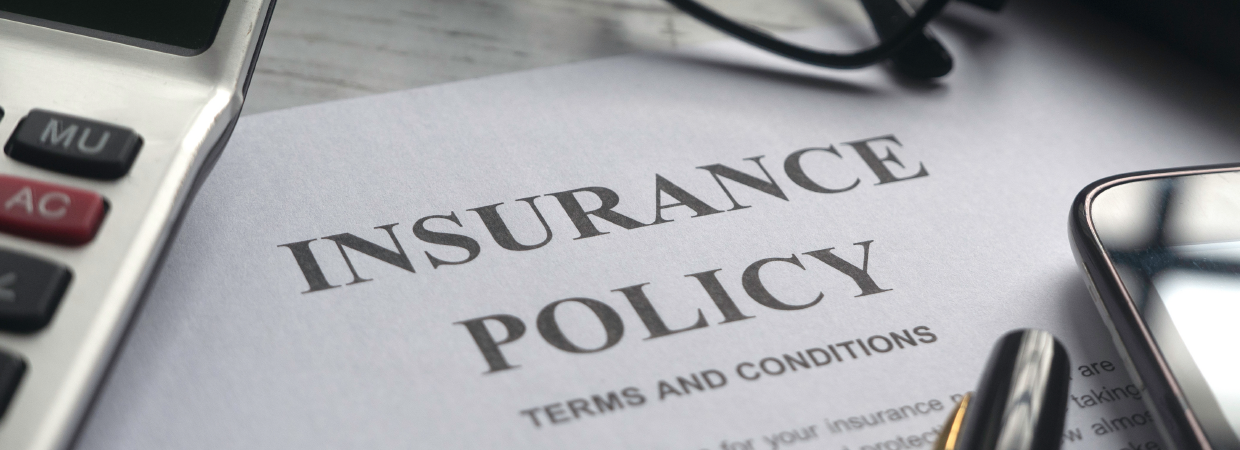How to Get Rid of PMI

Private Mortgage Insurance (PMI) is a type of insurance certain borrowers are required to pay. If a borrower is in the market to buy a house or refinance their home and has less than 20% in equity, they may be required to pay PMI.
Here are four ways to remove PMI.
1. Pay down your mortgage
Your mortgage lender automatically removes PMI once you reach 20% to 22% in home equity. This is only for conventional loan financing and not for FHA where mortgage insurance is required for the life of the loan. Your monthly statements pay towards your loan’s principal, therefore, every month you grow a little more equity.
Whether it be fixed-rate loans or adjustable-rate loans, mortgage lenders must also automatically remove PMI once you reach the halfway point of your amortization schedule. If you have a 15-year loan, the halfway point would be 7.5 years and if you have a 30-year loan, the halfway point is 15 years.
2. Request PMI cancelation
Once you have 20% in home equity and your mortgage balance is 80% of the loan, you can request your mortgage lender to remove PMI.
3. Refinance
Refinancing your mortgage to a lower interest rate or different loan terms can remove your PMI. PMI will be dependent on the new loan amount and equity. Removing PMI with a refinance can only be done on a rate-and-term refinance mortgage.
4. Reappraise your home
When home appreciation is high, paying for a home appraisal may help you get rid of PMI. You can gain equity when your home appreciates in value; getting a home appraisal done may reveal additional equity.
Homeowners wishing to remove PMI need to deliver the request in writing. The homeowner must also have a good payment history, not have any liens on the property, and agree to get a professional appraisal done.
For more information, chat with us at callhallfirst.com or give us a call at 866-Call-Hall.



